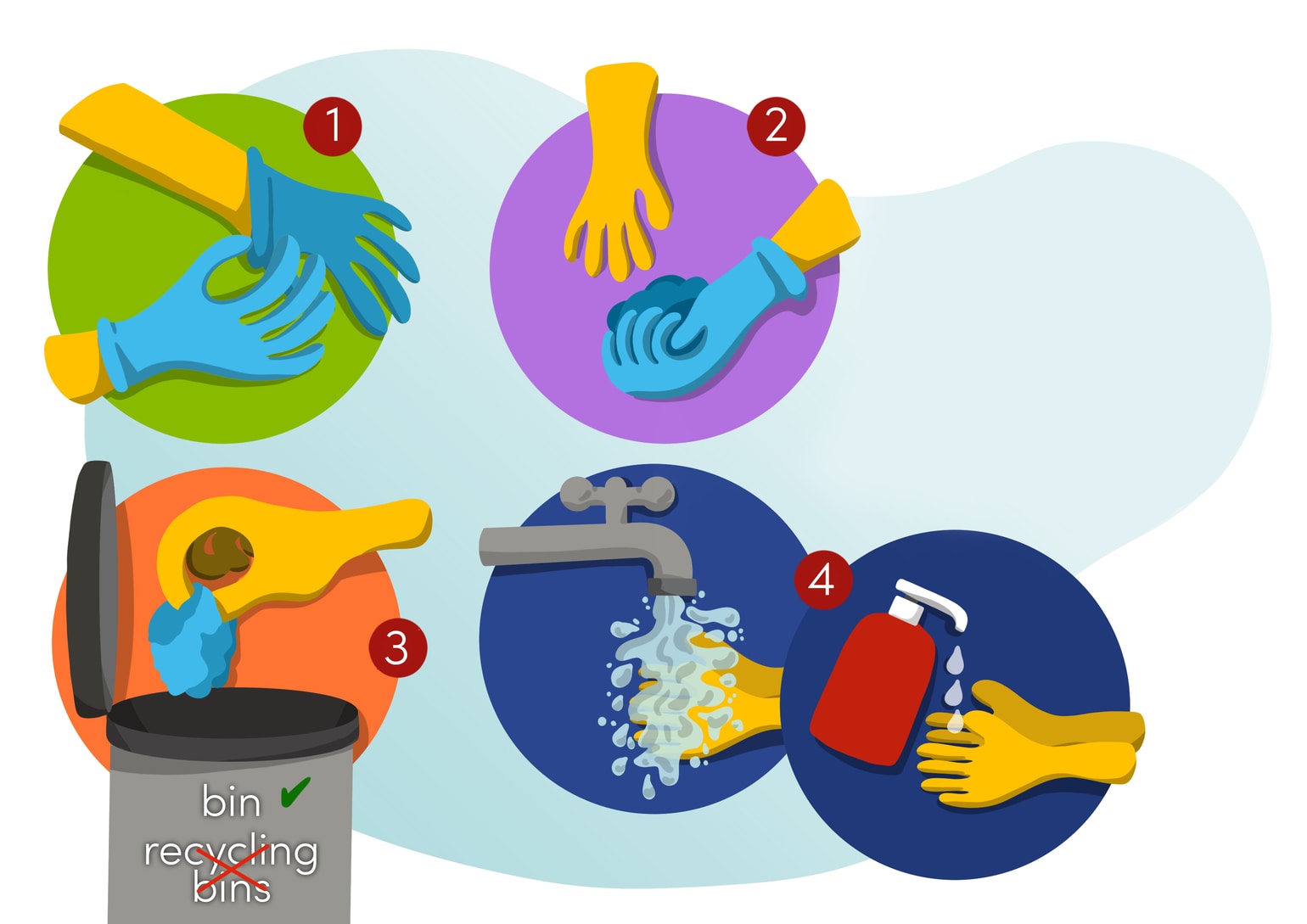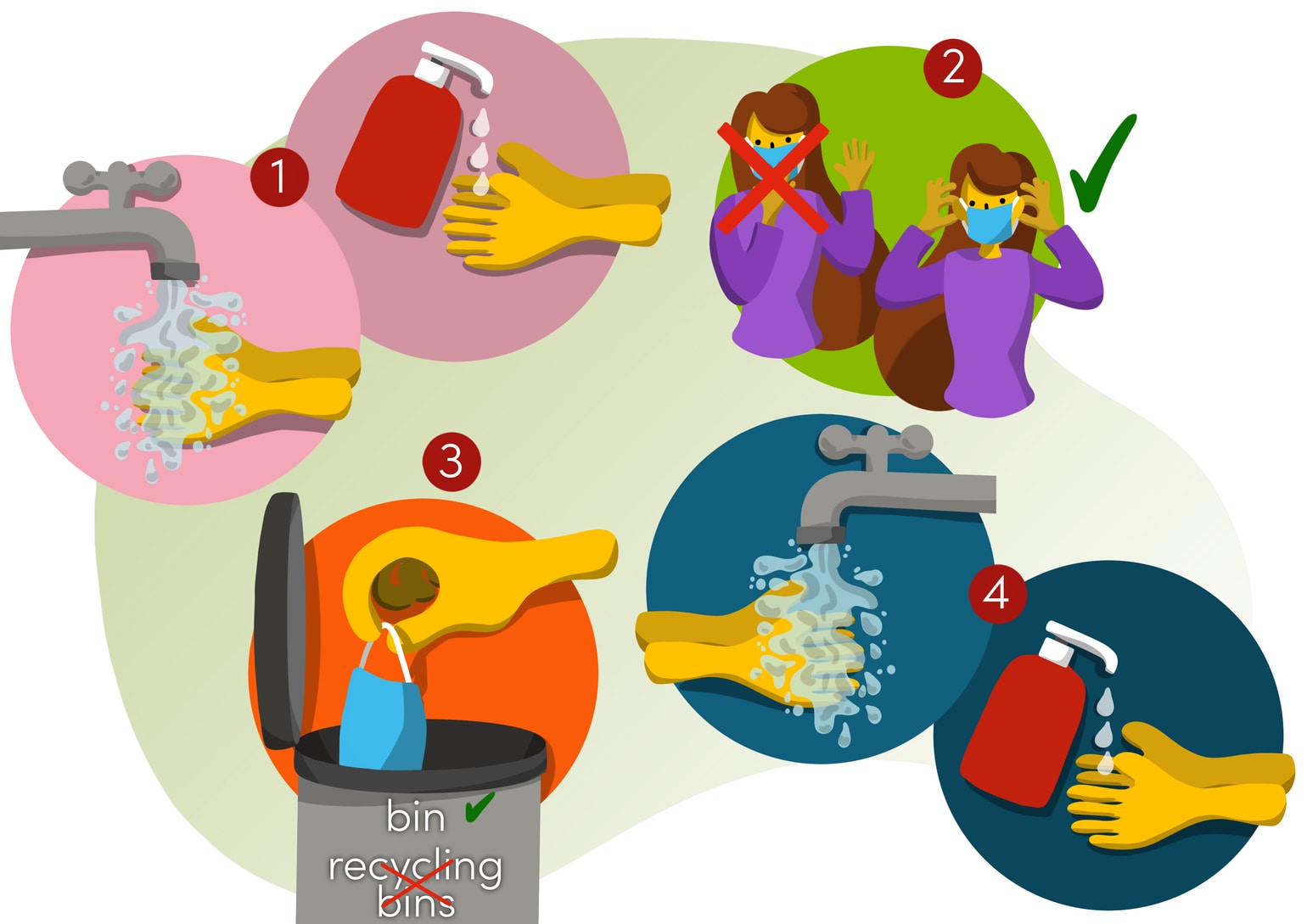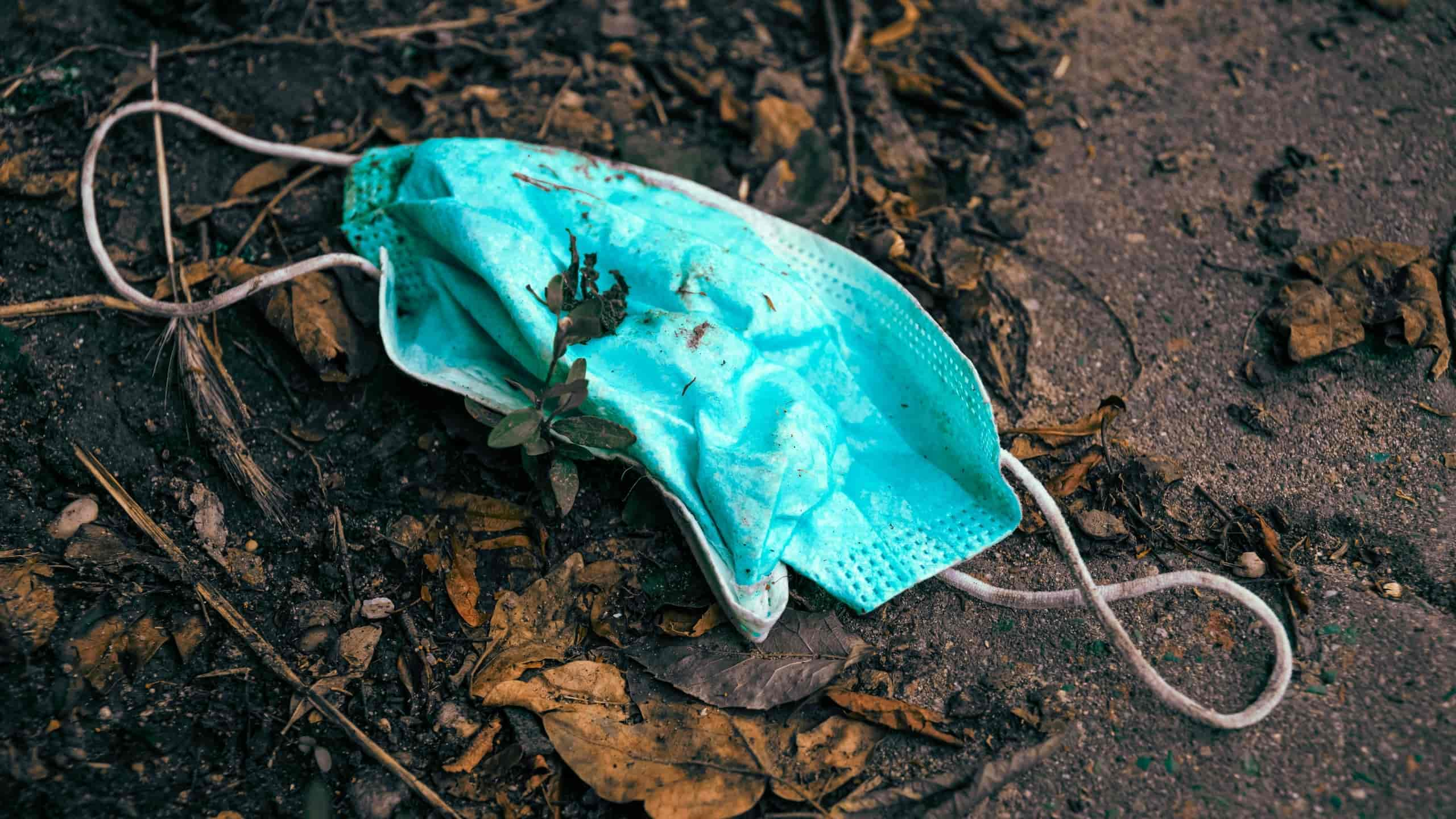Are face masks the new cigarette butts or chewing gum?
Unfortunately, images like these are multiplying all over the world: photos and videos of streets, sidewalks and gardens are being shared with disposable gloves and face masks scattered everywhere, left on the ground after being used.Apart from this, beaches and oceans are, too, being affected by people’s thoughtlessness.
If not disposed of correctly, used protective equipment can not only increase the already considerable risk of contamination and infection, but also the levels of sea pollution. Every year, around eight million tonnes of plastic end up in the ocean, according to the International Union for the Conservation of Nature. Shall we counter this awful trend?
Say no to face masks and gloves in the ocean
Although pollution levels have decreased as a result of the closure of factories, fewer cars circulating, planes on the ground and millions of confined people, the pandemic caused by the new coronavirus has put additional pressure on the health area and the medical and personal protection industries.
To answer the exploding demand in protective equipment, the face masks produced were mostly disposable or single use. In some cases they have evolved into reusable alternatives such as protective masks made of cotton or synthetic fibres: designed to protect, reducing the need for material consumption.
There’s a strong tendency to demonize plastic and see it as the public enemy number one. The issue is not plastic itself, but rather what society makes of it and the consequences its incorrect disposal has on the environment. If we are not able to handle plastic and plastic protective equipment residues (or any other materials, for that matter) then we are in serious risk of increasing sea and ocean pollution. These materials end up decaying and fragmenting, thus infiltrating the rainwater systems that supply cities and populations.
Are face masks recyclable?
A great deal of all protective equipment is not recyclable. However, even if 100% recyclable, these should not be sent to recycling, in order to avoid new sources of infection.
Where to dispose used gloves, face masks and other protective equipment?
The correct way of disposing of used protective equipment (gloves, face masks, wipes, surgical aprons, etc.) is to double-bag it in rubbish bags, that must be sealed and then put inside the non-recyclable waste bin. To avoid spillage, it is also advised not to fill the rubbish bags more than 2/3 of its capacity.
A special note on handling double-bagged contaminated or potentially contaminated waste: the bags must be placed inside the waste bins and never on the ground next to it, to avoid tears and spillage – that will eventually lead to litter, even if unintentional.
How to remove face masks and gloves in a safe way?
Putting on and removing protective equipment requires a bit of extra attention during these times. First of all, it is recommended to wash and dry your hands thoroughly before putting on gloves and face masks. It is extremely important to avoid touching the mouth, nose or eyes with your hands, and to not reuse disposable protective equipment.

1 com uma das mãos, retirar a luva da outra mão; 2 segurar a luva removida com a mão enluvada; 3 colocar as luvas no lixo indiferenciado (não nos contentores de reciclagem); 4 lavar bem as mãos.
Used gloves must be removed in a way that minimises the contact of the bare hands and the exterior side of each glove. The safest, most effective way is to take your gloves off by gently pulling the wristbands, so that they end up inside-out – that is, with the uncontaminated side facing outwards.

On the other hand, face masks must be removed by holding the elastics or ties, avoiding contact with the interior side, and must be disposed immediately in the non-recyclable waste bin.


